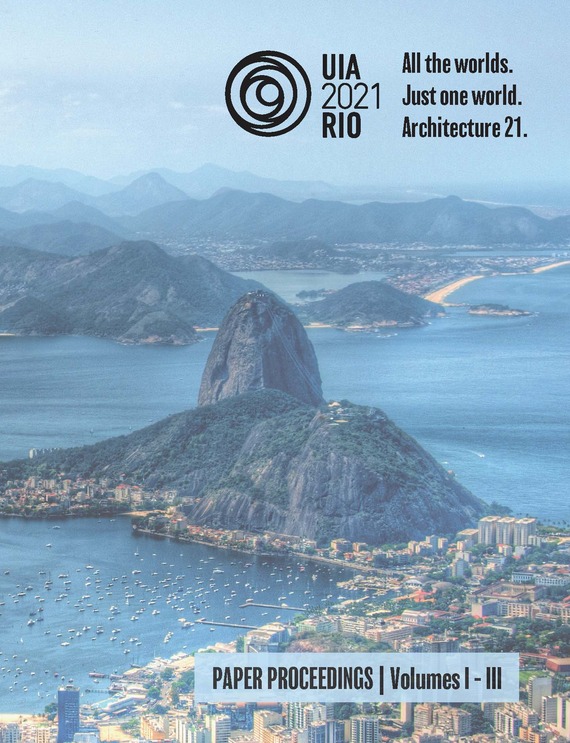Author(s): Cyrus Penarroyo
Online/On-site studies the digital divide in Detroit, focusing on Internet access in the city’s most vulnerable and disenfranchised neighborhoods. As investment is poured into development downtown, residents in marginalized neighborhoods lack access to digital infrastructure and the necessary skills to use information effectively once connected. Indeed, Detroit has the lowest rate of Internet connectivity in the United States, excluding thousands of people (specifically school-aged youths) from the opportunities for education, employment, and belonging afforded to those with the ability to get online. This condition is exacerbated by the economic precarity of many Detroiters, the high costs of individual residentially-based internet access, and uneven broadband service provision. If the Internet fosters a more complex sense of belonging, how could architects design the built environment to support nascent social structures and promote inclusion? If citizens are emboldened by access to technology, how might a community-driven network architecture erode hierarchies and power structures commonly found in the city? What egalitarian spaces emerge when physical and digital social networks coincide? To address these questions, this project combines publicly available spatial data with interviews of high school students in the city to map digital access and exclusion across Detroit’s neighborhoods, identifying sites for urban design scenarios that propose new ways to connect physically and virtually. The project results in detailed strategies through which urban design might aid in the development of strong community mesh networks across Detroit for internet access, redefining what digital equity could look like in the contemporary metropolis.
Volume Editors
ISBN
978-1-944214-31-9

 Study Architecture
Study Architecture  ProPEL
ProPEL 
